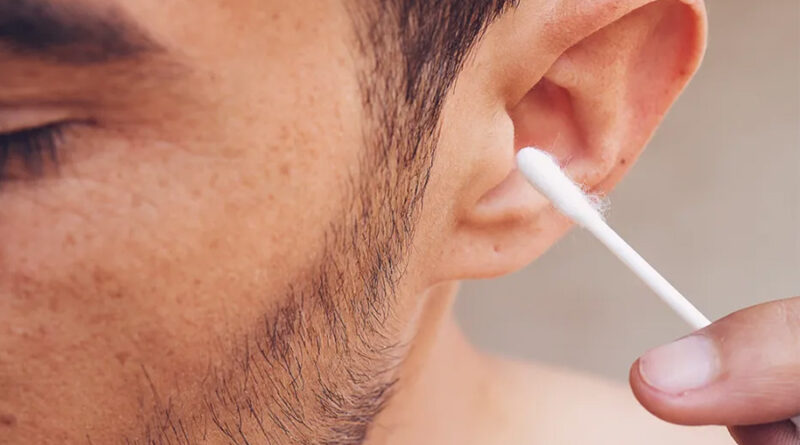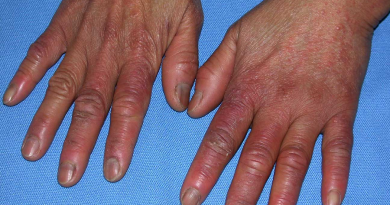Ear Wax Removal: A Step-by-Step Guide
Do you feel like your hearing is muffled or an itchy ear canal is keeping you from getting a good night’s sleep? You might have too much ear wax. Ear wax, or cerumen, protects the ears from dust, microorganisms, and foreign particles. However, excessive ear wax can lead to discomfort, reduced hearing, or even infections. This detailed guide will explain why ear wax removal is necessary, the various methods available, and a step-by-step approach to efficiently using an ear wax removal kit.
Why Ear Wax Removal is Necessary
Excessive ear wax in the ear canal is an essential part of ear health management. Too much wax accumulation can cause temporary hearing loss, discomfort, or pain. In severe cases, it can trigger infections that may require treatment in a hospital. Regular removal of ear wax allows your ears to remain clean and healthy, improving your quality of life. Moreover, from a business perspective, particularly in healthcare, ensuring ear health through proper ear wax removal can lead to improved patient satisfaction and trust.
Various Ways to Remove Ear Wax
There are several methods to remove ear wax, each with its own benefits and precautions. Some common methods are:
Over-the-Counter Drops:
These drops soften ear wax, making it easier to clean out.
Ear Wax Removal Kits:
These kits often include drops, a bulb syringe, and detailed instructions.
Professional Cleaning:
Necessary in cases of heavy build-up or significant accumulation.
Home Remedies:
Techniques like using warm water or oils can be effective but must be conducted carefully.
Step-by-Step Instructions for Using an Ear Wax Removal Kit
Using an ear wax removal kit can be a safe way to keep your ears clean. Here is a step-by-step guide to help you through the process:
Step 1: Gather Your Materials
Ensure you have a complete ear wax removal kit, which typically includes softening drops, a bulb syringe, and instructions.
Step 2: Soften the Wax
Tilt your head sideways over a sink or washbasin and apply the recommended drops. Keep the drops in for the recommended duration, usually 5-10 minutes.
Step 3: Flush the Ear
Fill the bulb syringe with warm water. Gently squirt the water into your ear canal while keeping your head tilted; this helps to rinse the softened wax out of the canal.
Step 4: Drain and Dry
Tilt your head to the opposite side to drain the water and wax. Gently wipe your ear dry with a clean towel.
Step 5: Repeat if Necessary
If there is still too much wax build-up, you may need to perform this process again. However, avoid over-cleaning as it can cause irritation in your ear canal.
Step 6: Clean Your Tools
Rinse and dry the bulb syringe and other apparatuses used in the process. Store them in a clean, dry area for future use.
Benefits of Ear Wax Removal for Businesses
Promoting ear health through appropriate ear wax removal can benefit every business, especially those in healthcare and wellness. Here are the key advantages:
Increased Patient Satisfaction:
Ear wax removal can increase patient satisfaction by addressing common ear-related issues.
Enhanced Trust and Reputation:
Providing ear care solutions can improve your reputation as a trustworthy healthcare provider.
Increased Revenue:
Offering specialized services like ear wax removal can attract more clients and increase revenue.
Educational Opportunities:
Educating patients about ear health can foster a sense of community well-being and establish your business as a leader in healthcare.
Conclusion
Removing excess ear wax is vital for maintaining ear health and overall well-being. Understanding various procedures and following a step-by-step guide can help effectively manage ear wax. For businesses, particularly in healthcare, offering ear wax removal services can lead to great patient satisfaction, build trust, and significantly increase revenues.
Keep in mind that, while this guide provides comprehensive information on ear wax removal, you should always consult a professional if you experience persistent problems or discomfort. Being proactive with ear care is crucial for everyday living and can lead to a healthier, happier life.




